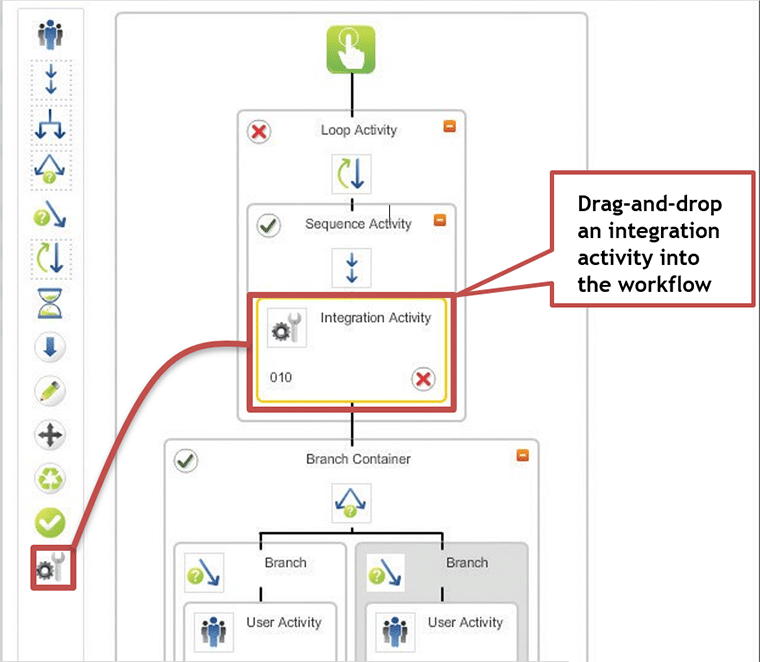Unpacking the Intricacies of Data Center Workflow Management
Published on February 14, 2024,
by
Data center workflow management is essential for orchestrating the complex, fast-paced environment of modern IT infrastructure. By defining and automating task sequences, workflow systems ensure that the right people perform the right actions at the right time—improving efficiency, reducing errors, and aligning with organizational policies. Integrated with ITSM platforms, these workflows enhance service quality, compliance, and operational agility.
Before venturing into these complexities, it's crucial to clarify that the aim is not to supplant existing IT Service Management (ITSM) change management solutions. Instead, the focus is on enhancing automation within data center tasks that were traditionally manual, thereby integrating these tasks into a comprehensive DCSM solution, fostering efficiency and policy adherence.
The Role of Workflow in DCSM
Workflow enables data center personnel to undertake moves efficiently, adds, changes, and decommissions, ensuring alignment with organizational policies. It's the backbone that supports infrastructure management, asset placement, and configuration, ensuring that the right people follow the correct procedures at the appropriate times. Moreover, workflow facilitates establishing, measuring, and refining consistent ITIL processes, which is essential for maintaining service quality and compliance.
A centralized workflow system is indispensable in the dynamic landscape of a data center, where assets are continuously added, moved, changed, and decommissioned. It not only ensures orderly and consistent execution of tasks but also optimizes resource utilization, including time and equipment. An effective workflow system clarifies responsibilities, enhances productivity, supports cross-team collaboration, and minimizes conflicts over shared tasks.
Reducing Costs and Streamlining Operations
Workflow management plays a pivotal role in mitigating the costs associated with changes in mission-critical facilities. Streamlining operations such as technology refreshes and remediation enables optimization of resources and personnel, making tasks and processes measurable, reproducible, and consistent. Integration with ITSM systems like ServiceNow, HP, and BMC is essential, as changes often originate outside the DCIM system. A robust workflow system should facilitate easy tracking of Service Level Agreements (SLAs) and support seamless bi-directional integration with these ITSM systems.
Nlyte Workflow Manager: A Case in Point
Nlyte Workflow Manager exemplifies an intuitive, flexible solution with its icon-driven, drag-and-drop interface. It simplifies initiating, managing, and tracking service requests and work orders, making the process intuitive and visually engaging. Such tools are vital in managing the frequent changes in data centers, optimizing resources, and ensuring the smooth continuation of workflows.

Essential Features of a DCSM Workflow System
A purpose-built DCSM workflow system should offer unlimited action and task capabilities to avoid constraining the processes that define daily operations in a data center. Flexibility is vital; a workflow system should accommodate an organization's specific needs rather than forcing the organization to adapt to the system's limitations. Features like task-defined SLAs, task-based data access controls, and the ability to customize workflows for specific organizational needs are crucial for a genuinely effective DCSM workflow system.
Empowering Organizations for Self-Sufficiency
A hallmark of an excellent DCSM workflow system is the empowerment it offers organizations to be self-sufficient. Organizations should be able to create, maintain, and modify workflows independently without over-reliance on vendor support. This autonomy ensures that workflows can be quickly adapted to changing needs, maximizing system utility while minimizing costs.
In conclusion, while the concept of workflow in the context of data center management might appear straightforward, its successful implementation is anything but. It requires a nuanced understanding of the data center's dynamic environment, a flexible and comprehensive workflow management system, and the empowerment of organizations to tailor these systems to their unique needs. By embracing these principles, data centers can achieve a level of efficiency and adaptability essential for thriving in today's fast-paced technological landscape.
Additional Resources
8 Things To Look For In Data Center Service Management Workflow | Nlyte (White Paper)
Streamlining IT Service Management with the Nlyte Software's ServiceNow® Connector | Nlyte
Harnessing the Power of Virtualization: Nlyte Software’s Connector for VMware | Nlyte

